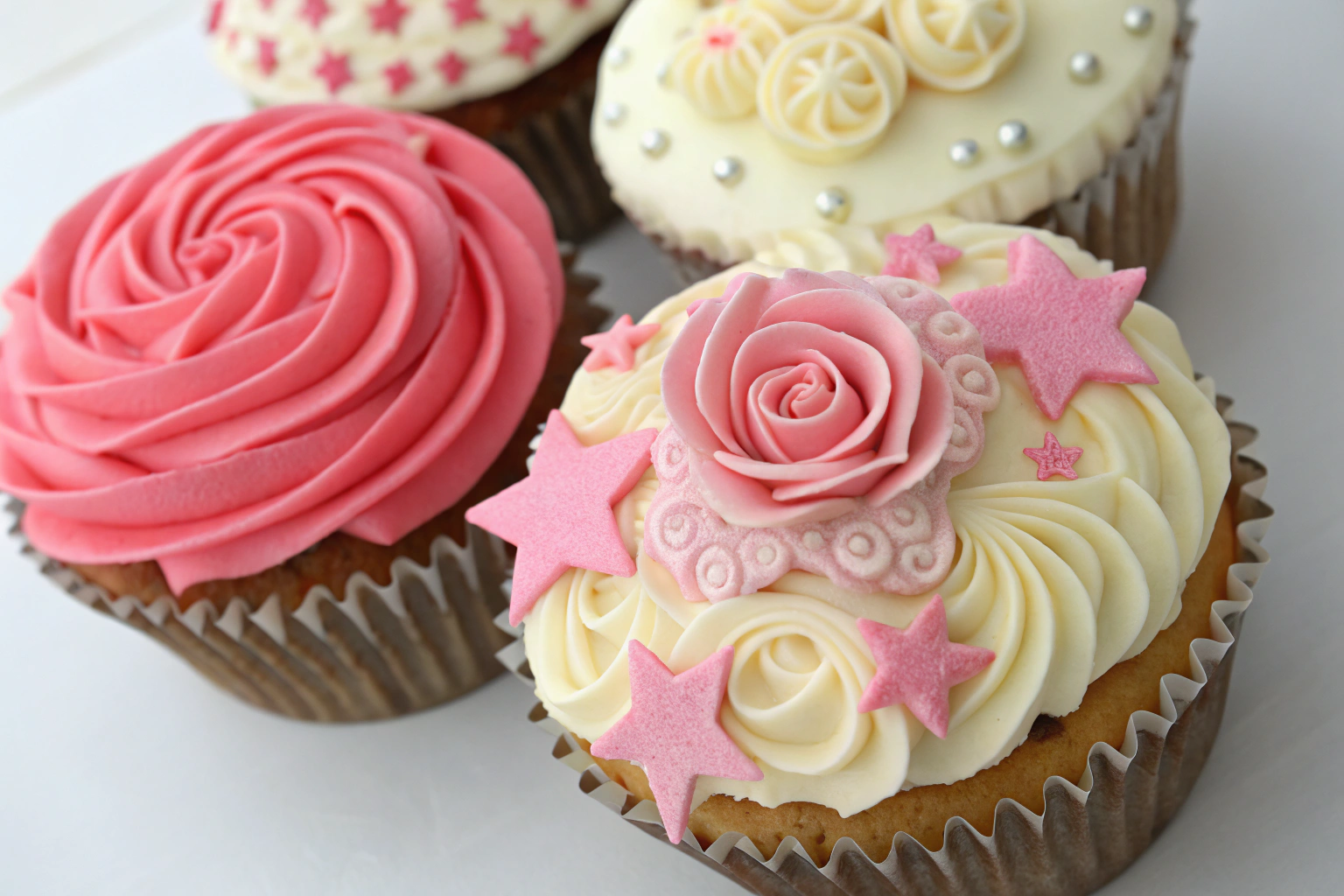
Table of Contents
I used to think my cupcakes were failures in disguise. They’d come out of the oven looking perfect, fluffy, and smelling like heaven. Then I’d massacre them with a butter knife and a sad, lumpy blob of icing.
The truth is, most people get the cake part right. The real magic, the art form, lies in mastering cupcake icing techniques. It’s the difference between a homemade treat and a bakery-worthy masterpiece.
I’m here to save you from my past mistakes and turn you into a piping pro.
Why obsess over cupcake icing techniques? Because the icing is the first thing people taste. It’s the visual hook, the promise of sweetness.
A perfectly piped swirl can turn a simple vanilla cupcake into a celebration. Remember that feeling of picking the cupcake with the most frosting as a kid? That’s the power we’re harnessing.
It’s not just about looks; it’s about texture, flavor distribution, and pure, unadulterated joy.
Ingredients for Perfect Cupcake Icing
Before we get to the piping, we need the right canvas. This is my go-to Swiss Meringue Buttercream. It’s less sweet than American buttercream and pipes like an absolute dream.
The ingredients are simple, but quality matters here. Don’t even think about using margarine. I tried it once, and let’s just say it was a greasy, weepy disaster.
- 5 large egg whites
- 1 ½ cups granulated sugar
- 1 ½ cups (3 sticks) unsalted butter, cubed and at cool room temperature
- 1 tablespoon pure vanilla extract
- ¼ teaspoon fine sea salt
- Gel food coloring (optional, but so much better than liquid!)
Step-by-Step Icing Instructions
- Create your double boiler.
Combine the egg whites and sugar in the bowl of a stand mixer. Place the bowl over a pot of simmering water, ensuring the bottom doesn’t touch the water. Whisk constantly until the sugar dissolves and the mixture feels hot to the touch.This is non-negotiable for smooth buttercream.
- Whip it good. Attach the bowl to your stand mixer fitted with the whisk attachment. Whip on high speed until you get stiff, glossy peaks and the bowl is completely cool to the touch.
This can take 10-15 minutes. Patience is your best friend here.
- Butter up. Switch to the paddle attachment.
With the mixer on low, add the butter one cube at a time, letting each piece incorporate fully. It might look curdled for a minute—don’t panic! Keep mixing, and it will become beautifully smooth.
- Flavor and color.
Mix in the vanilla and salt. If you’re using gel coloring, now’s the time to add it. Start with a tiny amount; you can always add more.Your buttercream base is ready for your cupcake icing techniques.
- Choose your weapon. Fit a piping bag with your favorite tip. For classic swirls, a large open star tip (like a 1M) is unbeatable.
Fill the bag, twist the top, and you’re ready to decorate those cupcakes.
Storage Instructions
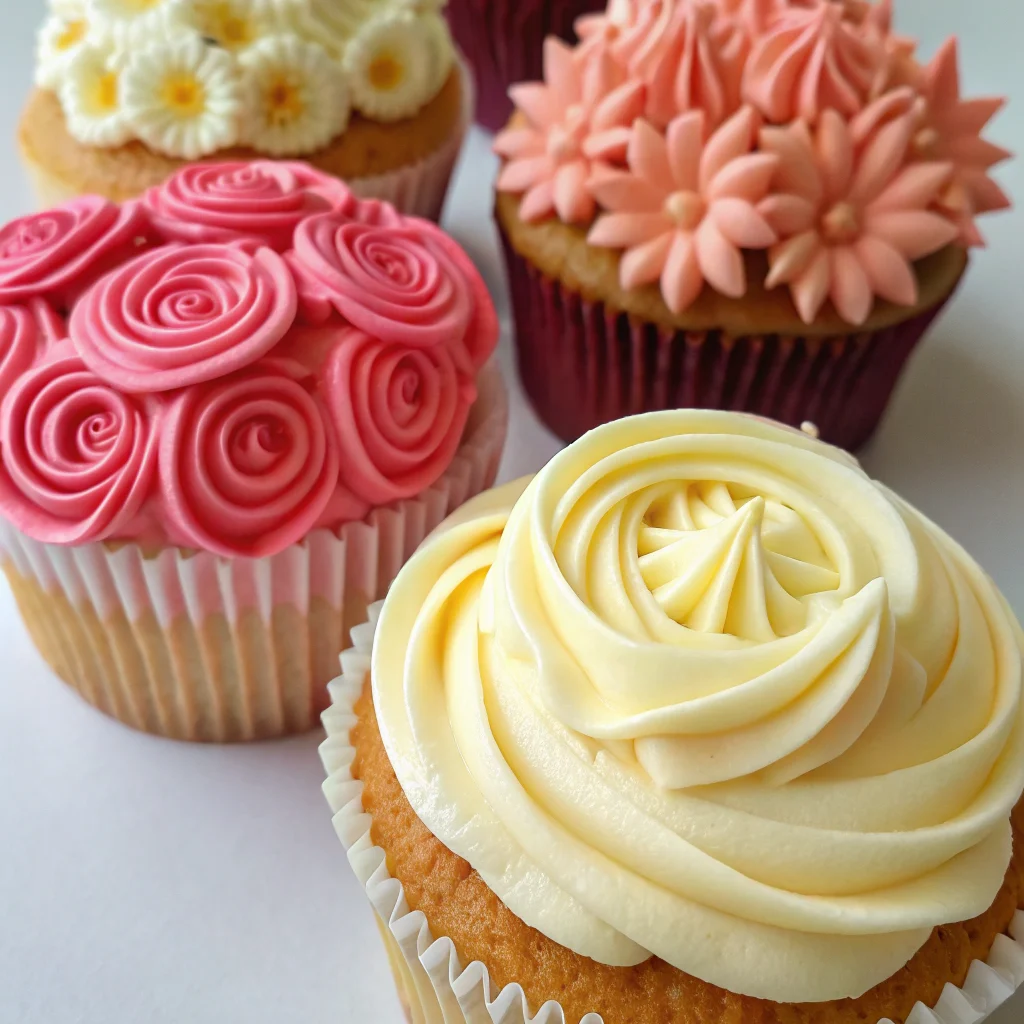
This buttercream is a dream for make-ahead bakers. You can store it in an airtight container in the fridge for up to one week. When you’re ready, let it come to room temperature and re-whip it for a few minutes to restore its fluffiness.
For longer storage, you can freeze it for up to three months. Thaw it overnight in the fridge before re-whipping.
Why You’ll Love These Cupcake Icing Techniques
- Total Crowd-Pleaser: Impress at birthdays, bake sales, or just on a random Tuesday. Beautiful cupcakes make people genuinely happy.
- Surprisingly Simple: Once you get the basic buttercream down, the piping part is actually really fun and easy to master with a little practice.
- Endless Creativity: Change the tip, change the color, add sprinkles.
These cupcake icing techniques are your playground for edible art.
Common Mistakes to Avoid
- Using warm butter. Your buttercream will be a soupy mess. Cool room temperature butter is key.
- Adding butter too fast. This breaks the emulsion. Slow and steady wins the smooth, creamy race.
- Undermixing the meringue. If the bowl isn’t cool, the butter will melt when you add it.
I’ve been there, and it’s a sad sight.
- Overfilling the piping bag. You’ll end up with more buttercream on your hands than on the cupcakes. Trust me on this one.
Alternatives and Variations
Not feeling Swiss Meringue? No problem.
For a vegan version, you can use aquafaba (the liquid from a can of chickpeas) in place of the egg whites and a high-quality vegan butter. If you’re short on time, a stabilized whipped cream can work for a lighter option, but it won’t hold its shape as long. For a rich chocolate twist, sift in ¾ cup of cocoa powder after the butter is added.
Check out my guide to perfect buttercream frostings for more ideas.
FAQs
Can I freeze iced cupcakes?
Absolutely! Place them on a baking sheet in the freezer until the icing is solid, then transfer them to an airtight container. They’ll keep for up to a month.
Thaw in the refrigerator.
What’s the best substitute for egg whites in this recipe?
For a safe and effective substitute, use pasteurized liquid egg whites from a carton. Measure by volume, not by egg count, for the best results.
How long do iced cupcakes stay fresh?
Stored in a cool, airtight container, they are best enjoyed within 2-3 days. The cake may start to dry out after that, but let’s be real, they rarely last that long.
Is this buttercream kid-friendly?
Yes!
It’s less sugary than traditional frostings, so it’s a hit with parents and kids alike. It’s also perfect for decorating birthday cakes for any age.
Can I prep the icing ahead of time?
100%. This is the ultimate make-ahead frosting.
Prep it up to a week in advance and store it in the fridge. Rewhip before using for the best texture for your cupcake icing techniques.
Final Thoughts
Mastering a few simple cupcake icing techniques will change your baking game forever. It’s easier than you think and so rewarding.
Don’t be afraid to experiment and make a mess. I promise, the results are worth it. Now go forth and pipe!
I’d love to see your creations. Tag me on social media or leave a comment below with your favorite tip.
Ben is a 41-year-old baking educator and former bakery owner from Kansas City, Missouri. With a culinary degree and years of hands-on experience, he specializes in teaching approachable, science-based baking. He once recreated a 17th-century cupcake recipe for a historical food documentary.


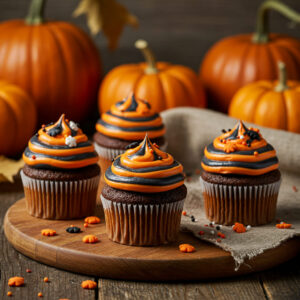
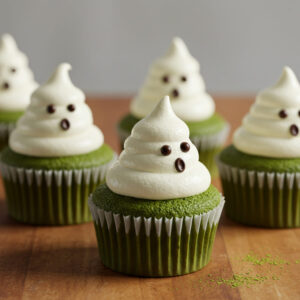
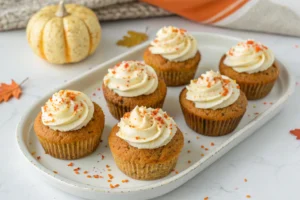
1 thought on “The Secret to Perfect Cupcake Icing – A Simple Technique That Works Every Time”